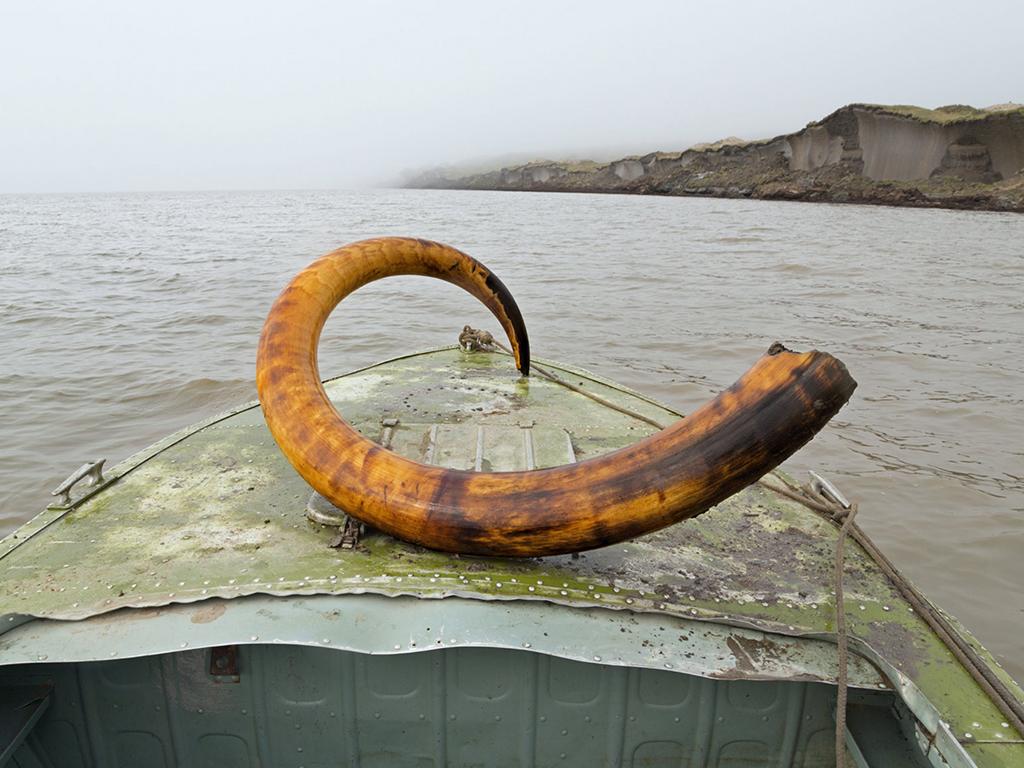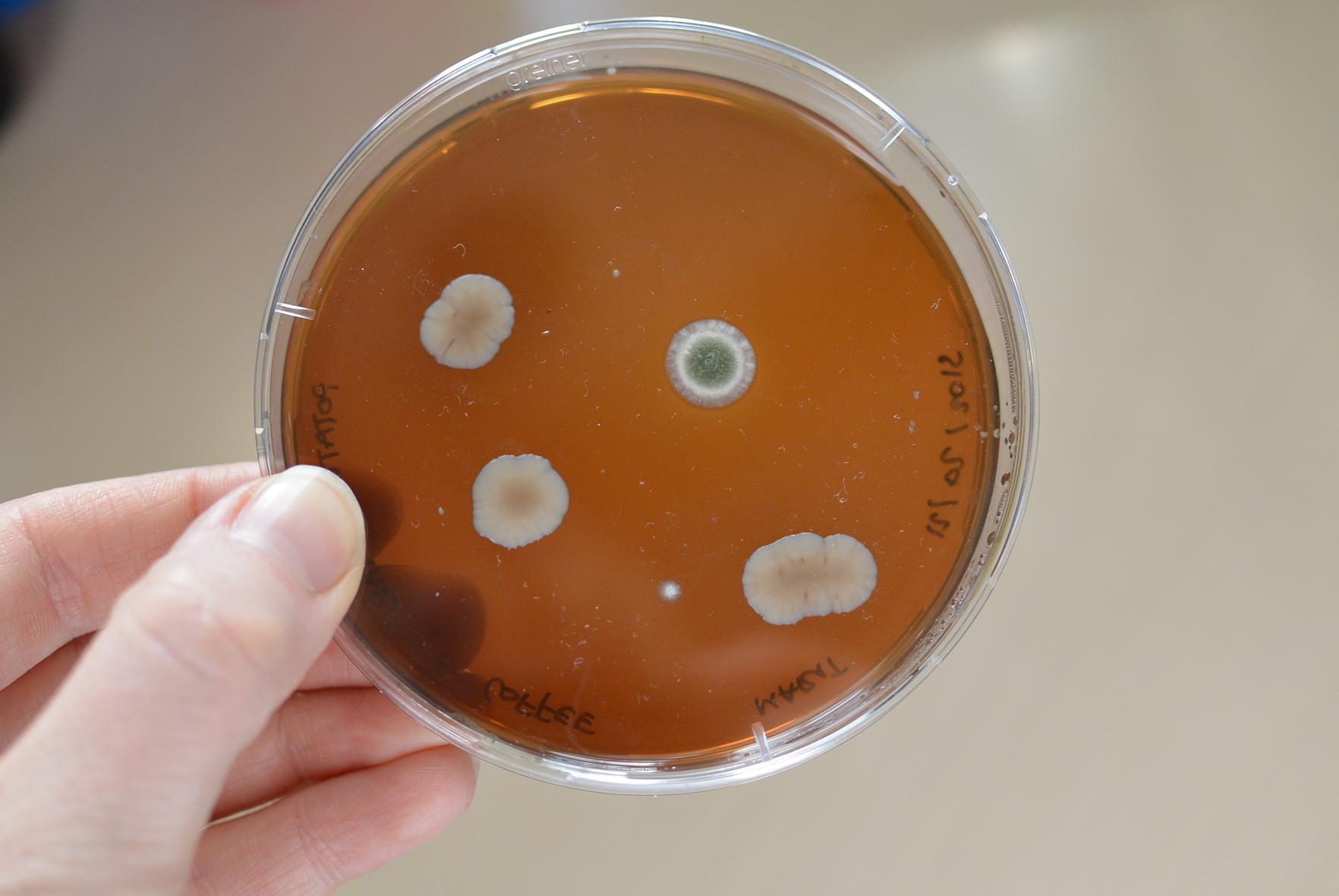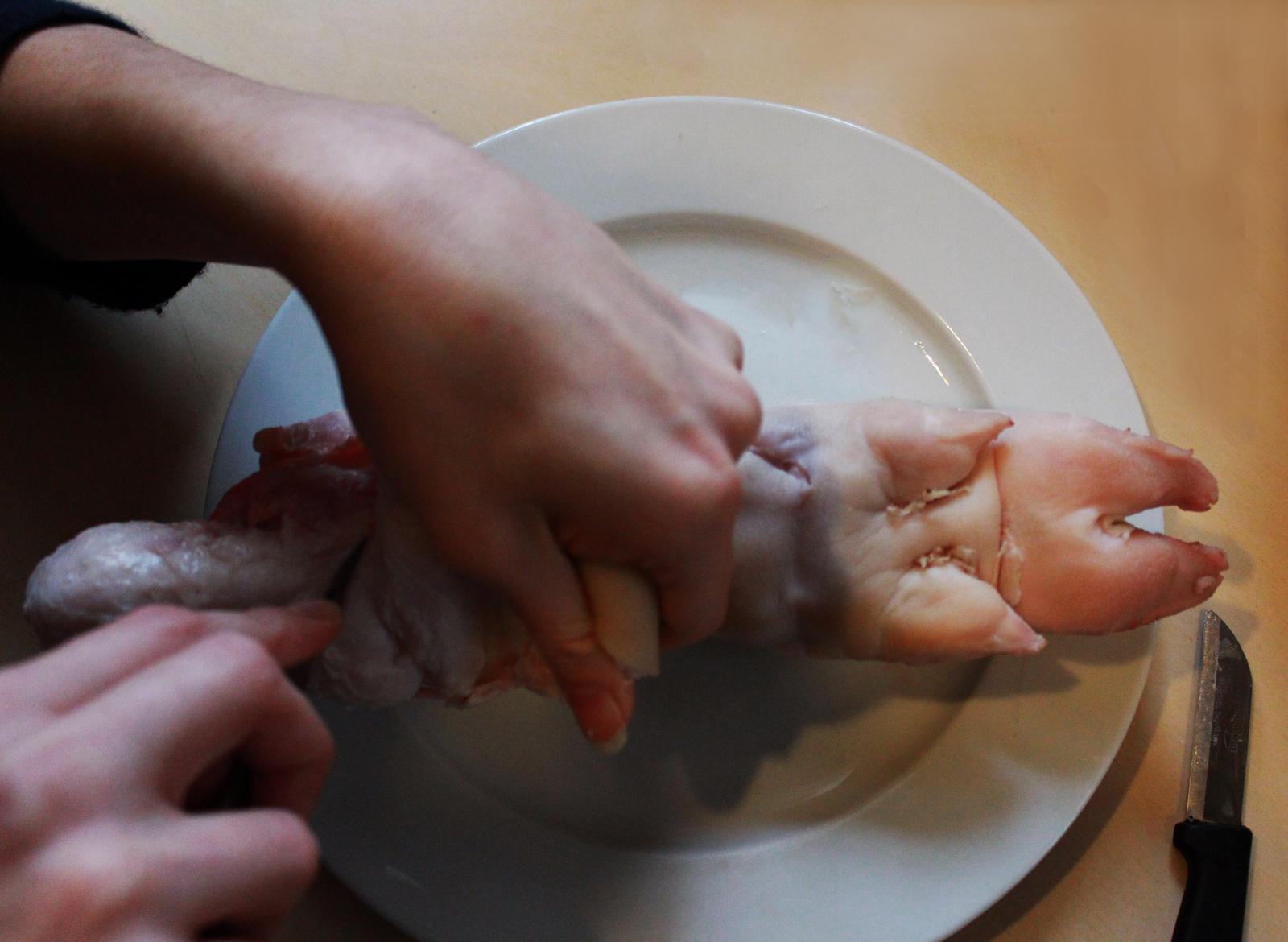Thousands of elephants are slaughtered every year for their tusks. Ivory is still very popular, the pain the animal has suffered and the deaths that follow are not reflected in the decorative figurines that adorn homes and shrines. People do not realize what they have in their hands. One thing is for sure: those who buy ivory contribute to the gruesome massacres taking place in Africa every day.
The demand for ivory, mainly from China, is still rising exponentially because of the growing prosperity. It is one of the most important elements in Chinese art and religion and it seems that without ivory this Chinese art form will eventually disappear. But what if we could give a new meaning to the formation and origin of ivory?
In my work as an intern in the Open Wetlab, I am currently trying to find a method that can reproduce such materials in vitro, so we can offer an alternative or replacement for ivory. Introducing this new materials requires an open minded public, because it’s crucial to change the mindset of people.
The mindset that we have created in the last decades is one in which we assume that when something real (or original) it’s more valuable. But when is something real? Has it something to do with the maker? This would mean that whatever nature creates can be considered as real. But the definition of real is much broader than that. In nature, there are numerous examples of mimic and disguise and it is fact is that we are getting better in mimicking nature as well.
With new technologies we are able to build upon natural patterns and reproduce original forms identically. The area between real and fake becomes more gray and it is important to realize this and adjust the way we think about it. The tagua nut is a good example as an alternative, because it is very similar to the original. Why could this not replace the original?
China is a master at copying, many manufacturers boast about reproducing the most complex products. Also, the new generation considers the difference between fake and real as much less problematic. They can embrace the artificial and yet continue to appreciate a certain authenticity of this art. As an artist, there is a challenge in creating context for new in vitro materials and change our perception of what is real. We will see. First we will have to experiment with all kinds of materials such as plastics, synthetic resins or collagen, and investigate whether we can achieve a 'real' synthetic.


